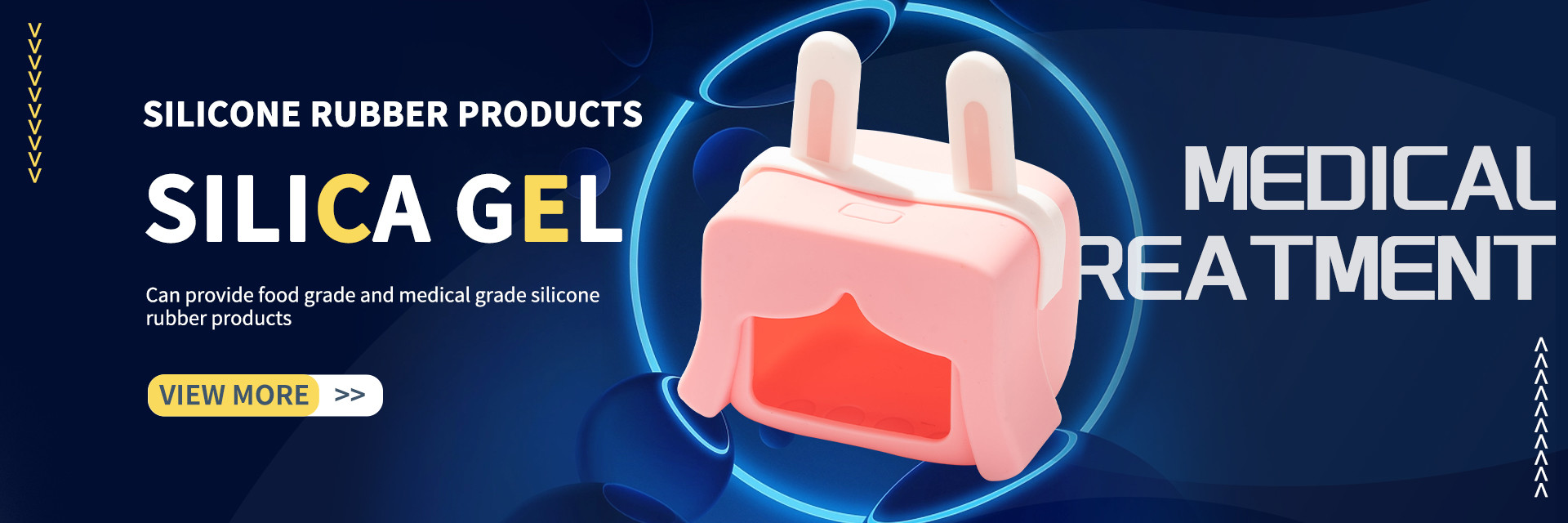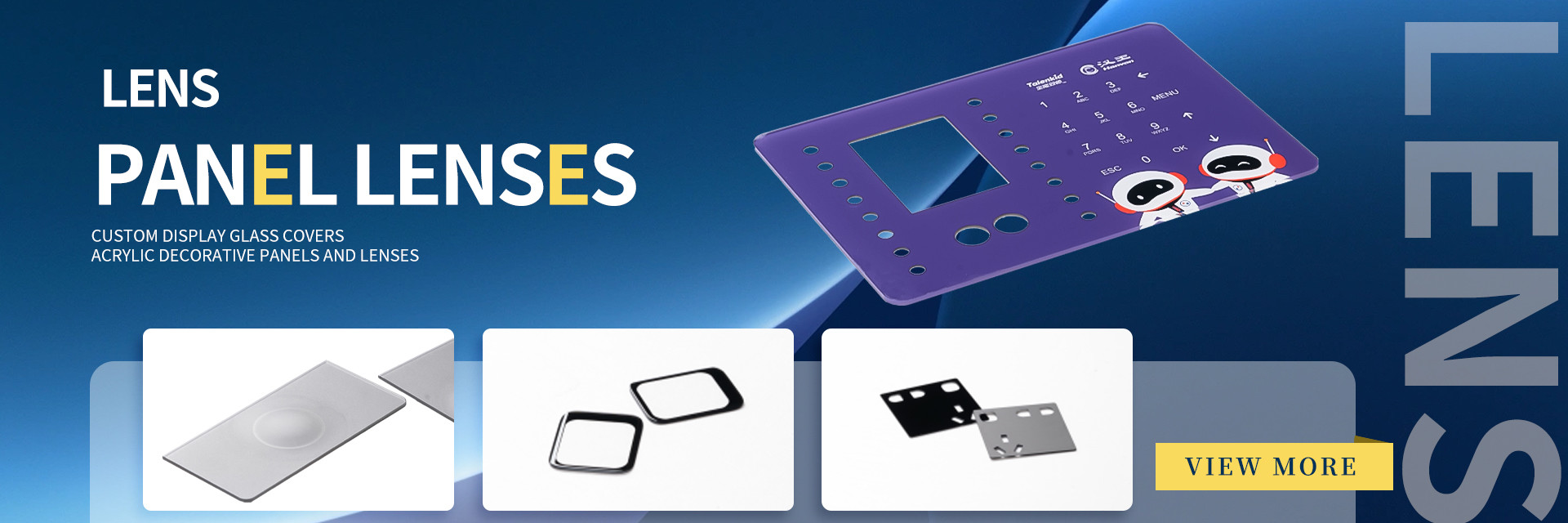How to choose high-quality silicone products? Silicone products, with their advantages such as safety, non-toxicity, strong flexibility, and resistance to high and low temperatures, are widely used in various scenarios such as household life, maternal and child products, and industrial sealing. However, the quality of products on the market varies greatly, and low-cost, inferior products may have issues such as substandard materials, susceptibility to aging, and excessive harmful substances, which can affect the user experience and even health. Mastering scientific selection methods is essential to choose silicone products that meet your needs and are of reliable quality, allowing them to provide lasting and practical value.
Identify material standards and establish a solid safety baseline
Material safety is the core of silicone product selection, with a focus on the material grade and authoritative certification. Food-contact silicone products (such as kitchenware and maternity and baby products) must meet food-grade standards. It is advisable to prioritize products labeled as "food-grade silicone" or "medical-grade silicone". These materials do not contain harmful substances such as bisphenol A and heavy metals, providing peace of mind when used.
Authoritative certification is an important guarantee of quality. You can check whether the product has international certifications such as FDA (Food and Drug Administration) and LFGB (German Food Contact Material Standard), or relevant domestic GB 4806 series standard certification. Avoid purchasing products without any material labeling and at extremely low prices, as these products may use recycled silicone or add inferior additives, posing safety hazards for long-term use.
Examine core performance to ensure practicality and durability
The performance of silicone products directly determines their service life and effectiveness, and the following points require special attention. In terms of flexibility, high-quality silicone products feel soft and elastic, quickly rebound after stretching, and show no signs of whitening or cracking; inferior products feel stiff or overly sticky, and are prone to deformation and damage.
High and low temperature resistance is a key indicator. High-quality food-grade silicone can withstand a temperature range of -40℃ to 230℃, making it suitable for refrigerator storage, microwave heating, and other scenarios, without experiencing issues such as cracking or odor due to temperature changes. In addition, attention should be paid to the product's aging resistance. High-quality silicone products are resistant to yellowing, hardening, and embrittlement over long-term use, while inferior products may show significant wear and tear after just a few months of use.
Adapt to usage scenarios and precisely select types
Different usage scenarios have varying requirements for silicone products, necessitating precise matching based on specific needs. In household kitchen settings, kitchen utensils such as spatulas and scrapers should be made of food-grade silicone with moderate hardness, high temperature resistance, and minimal deformation. Additionally, they should have a burr-free surface and be easy to clean. For sealing components (such as bottle cap seals and pipe gaskets), emphasis should be placed on sealing performance and corrosion resistance, ensuring a tight fit and resistance to aging.
In the maternal and child products scenario (such as feeding bottles and pacifiers), medical-grade silicone is required, which should be odorless, soft, and have undergone rigorous safety testing to avoid irritating the delicate skin and respiratory tract of babies. In industrial scenarios, silicone seals, insulating parts, etc. need to be selected according to the specific usage environment, using specialized silicone products with corresponding oil resistance, acid and alkali resistance, and insulating properties.
Master identification skills and avoid inferior traps
When shopping, you can identify the quality of silicone products through simple methods. First, look at the appearance. High-quality products have uniform color, smooth surface, no bubbles, and no impurities; inferior products have dull color, rough surface, and are prone to dust accumulation. Second, smell the odor. High-quality silicone products have almost no odor, while inferior products may have a pungent chemical odor, which may come from harmful substances and is detrimental to health.
Finally, test the texture by touching the product with your hand. High-quality silicone feels soft and delicate, with full elasticity, and leaves no obvious marks after pressing; inferior products feel stiff, sticky, or overly loose, with poor elasticity. At the same time, choose to purchase through formal channels and check whether the product packaging clearly indicates the brand, material, and certification information, to avoid purchasing "three-no products".
Choosing the right silicone products can bring many conveniences to life and work. By carefully checking every aspect, from material safety, core performance, scene compatibility, to identification techniques, you can avoid most inferior products. High-quality silicone products are not only practical and durable, but also ensure safe use, making every use more reassuring and comfortable, and becoming a reliable helper in daily scenarios.

 Your message must be between 20-3,000 characters!
Your message must be between 20-3,000 characters! Please check your E-mail!
Please check your E-mail!  Your message must be between 20-3,000 characters!
Your message must be between 20-3,000 characters! Please check your E-mail!
Please check your E-mail! 

